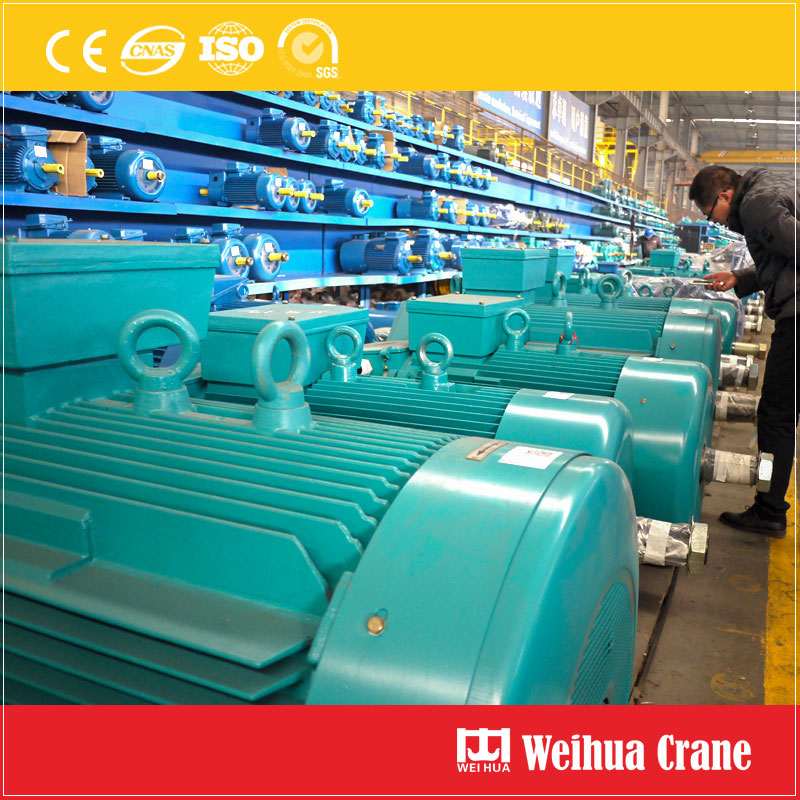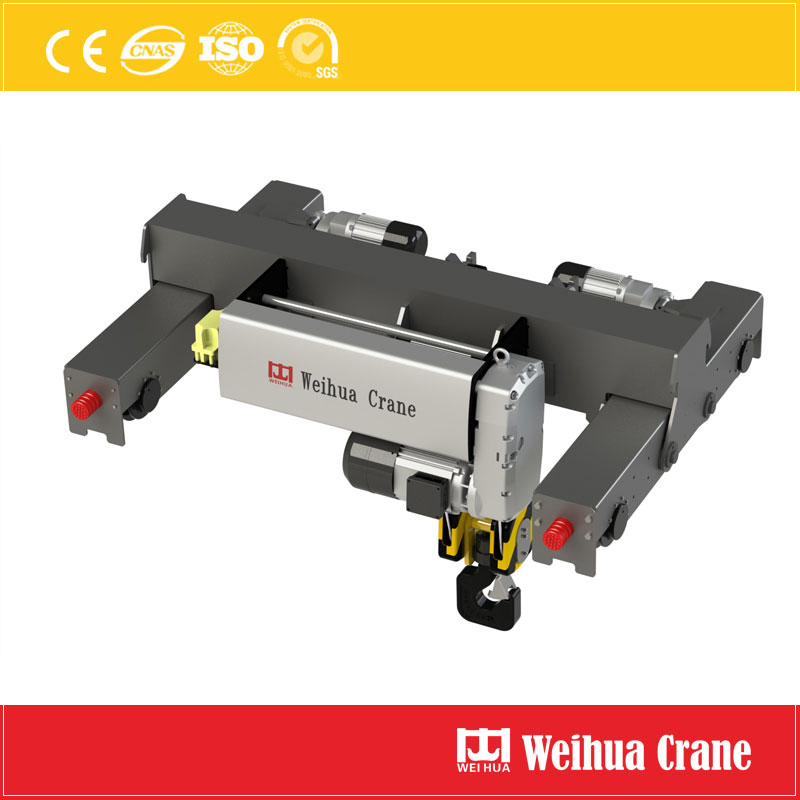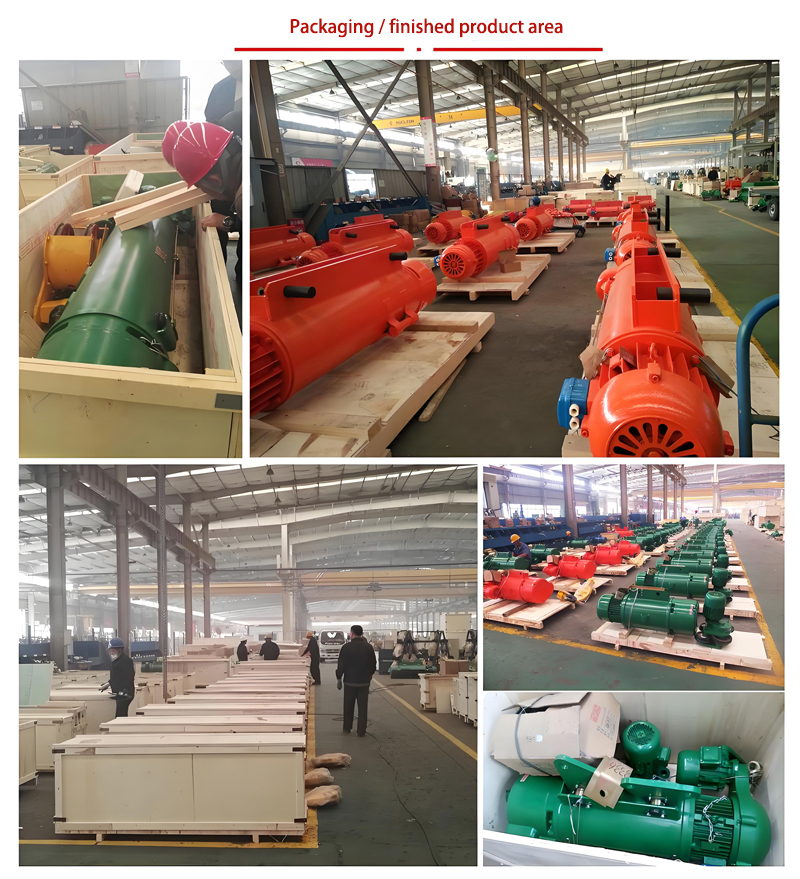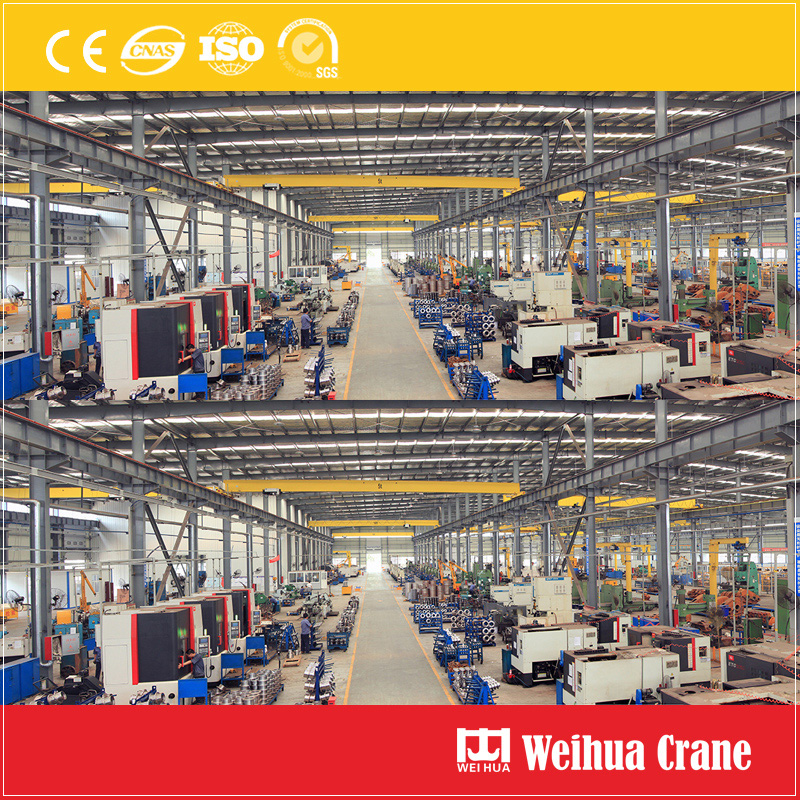
Whether you're lifting heavy machinery in a workshop, loading cargo onto a truck, or recovering a stuck vehicle off-road, powered lifting and pulling devices are essential. Two workhorses dominate this space: the Electric Hoist and the Electric Winch. While they share similarities – both use electric motors to spool cable – their design, purpose, and ideal applications differ significantly. Choosing the wrong one isn't just inefficient; it can be dangerous. Let's break down each one.
在线聊天What it is: 一个 电葫芦 is engineered primarily for vertical lifting. It’s designed to lift loads straight up and lower them straight down, often suspended from an overhead structure like an I-beam, gantry, or trolley system.

主要特点:
Load Chain or Wire Rope: Uses robust load chain (common in smaller models) or wire rope.
精确控制: Features precise up/down controls, often with multiple speed options (including creep speed for delicate positioning).
Integrated Braking: Employs critical safety brakes (mechanical load brakes, disc brakes) that automatically engage if power is lost or when stopping, preventing uncontrolled descent. This is paramount for overhead lifting safety.
Hook Mounting: Typically has a top hook for suspension and a bottom hook for attaching the load.
占空比: Rated for specific duty cycles (例如。, CMAA classes in the US) indicating how frequently and intensively they can operate.
Safety Certifications: Often built to stringent lifting standards (like ASME B30.16).
Primary Applications: Factories, 仓库, 讲习班, 装配线, loading docks, 建筑工地 (for materials), stage rigging, auto repair shops (lifting engines).
Pros:
Cons:

What it is: An electric winch is designed primarily for horizontal pulling (or pulling at an angle), though it can be used for vertical lifting in specific, controlled scenarios (often requiring extra safety measures).
主要特点:
Primary Applications: Vehicle recovery (off-road trucks, ATVs, boats), marine applications (anchor retrieval, docking), pulling loads horizontally (logs, equipment, trailers), dragging loads across surfaces, tensioning lines.
Pros:
Cons:

| 特征 | 电葫芦 | 电动绞车 |
| Primary Use | Vertical Lifting | Horizontal Pulling |
| Key Strength | 精确, Safety in Lifting | Raw Pulling Power |
| 制动 | Automatic, Failsafe Load Brake | Motor Brake / Ratchet (Less Secure) |
| Load Control | High Precision | Basic In/Out |
| 安装 | Overhead Structure (I-beam, 龙门) | Vehicle, Trailer, Ground Anchor |
| Cable/Rope | Load Chain or Wire Rope | Primarily Wire Rope |
| Drum | Narrower (for single layer) | Wider (for multi-layer spooling) |
| 占空比 | Defined (CMAA, 女性, ETC。) | Less Standardized |
| Portability | 降低 (Often Fixed) | 更高 (Often Vehicle-Mounted) |
| Safety Std. | Rigorous (ASME B30.16, ETC。) | Less Rigorous (Often ANSI/SAE J706) |
| 非常适合 | Lifting engines, 机械, materials overhead | Vehicle recovery, dragging logs, pulling boats, tensioning |

Don’t be fooled by the superficial similarity of a motor winding cable. Electric hoists and winches are specialized tools for fundamentally different tasks. The electric hoist is the safe, precise champion of vertical lifting. The electric winch is the powerful workhorse for horizontal pulling and recovery.
Always prioritize safety. Using a winch for overhead lifting without proper safeguards is asking for a catastrophic failure. Conversely, using a hoist for heavy horizontal dragging is inefficient and can damage it. Understand your primary need (lift vs. pull), consider the mounting requirements, and above all, respect the critical safety differences, especially regarding braking. Choose the right tool for the job, and operate it within its designed limits.
我们重视您的反馈! 请填写下面的表格,以便我们可以根据您的特定需求来量身定制服务.
